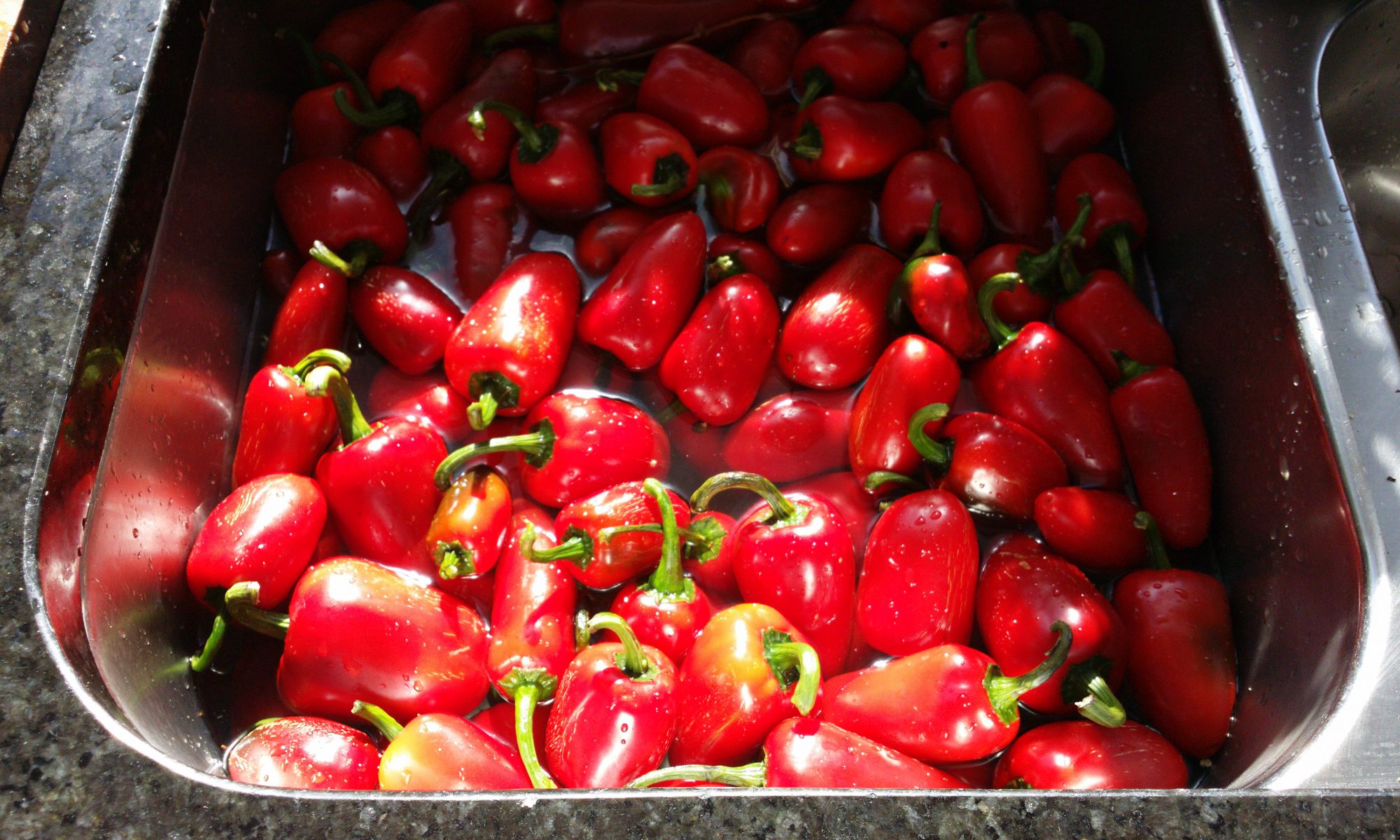Here’s the recipe I’ve been using lately to make Frijoles Negros – black beans, Mexican-styles. The Flying Burrito Brothers can go take a leap. This is also surely one of the easiest things to make.
- 450 g (1 lb) dried black or turtle beans
- 900 g (2 lb, two tins) tomatoes
- 750 ml (3 cups, two tomato tins-ful) water, or stock
- 2 onions, finely diced
- 2-3 cloves of garlic, diced
- chili (to taste), seeded and diced
- 3-4 bay leaves
- ½ cup red wine
- 2 tsp cumin seeds
- 1 tsp coriander seeds
- 1 tsp black pepper
- olive oil
Soak beans overnight in a large bowl with plenty of extra water to allow them to swell up.
Strain and discard the water from the beans and put them in a large casserole pot with the chopped tomatoes, water, onions, garlic, chili, bay leaves and wine. Bring to the boil gently and simmer for 2-3 hours or until the beans are al dente.
Crush the cumin seed, coriander seed and pepper together in a mortar and pestle. Heat a little olive oil in a pan and toast the spices until aromatic. pour into the beans and stir.













You must be logged in to post a comment.